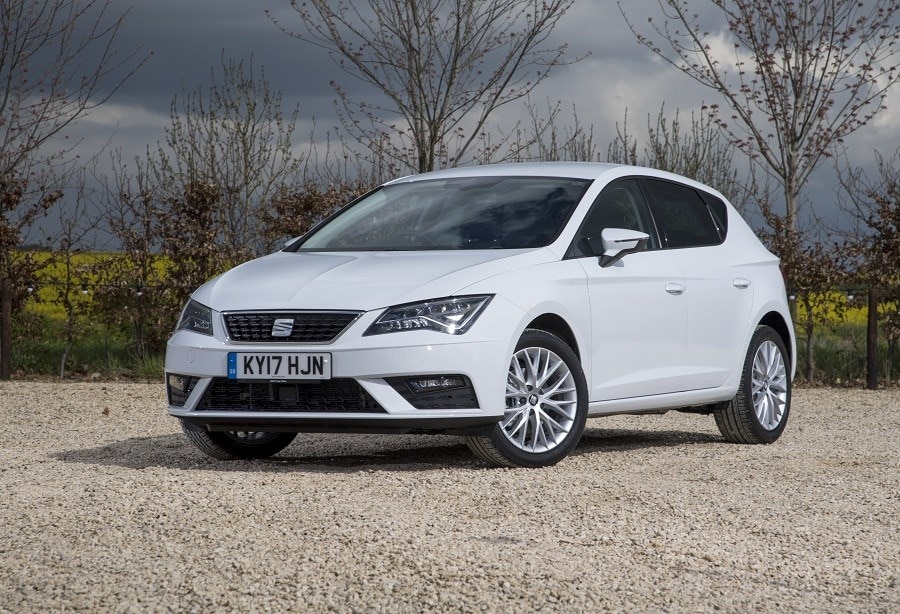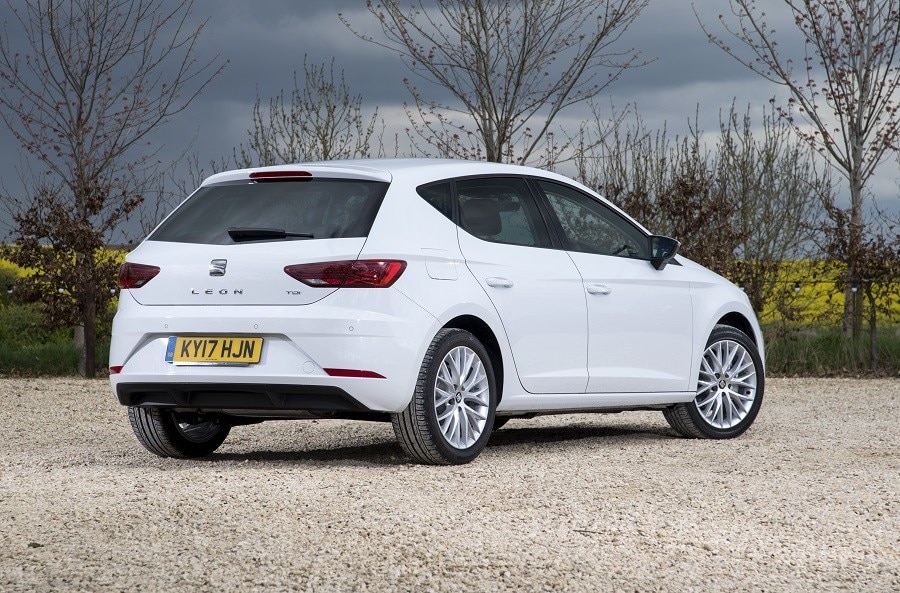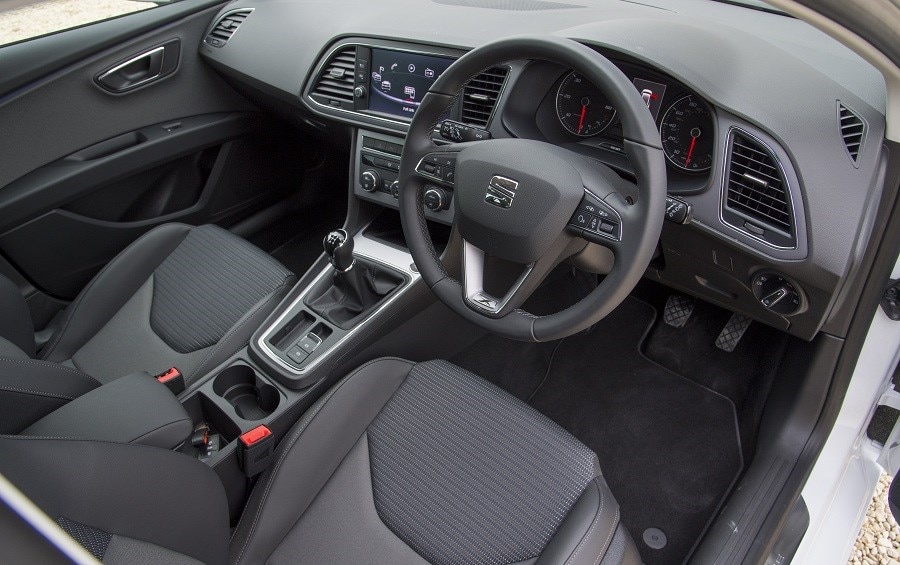Space and practicality
The Leon might not be the largest car in its class, but there’s still plenty of interior and boot space for family duties.
There’s a vast improvement over the past Leon’s cabin space, with four adults now being able to sit in comfort, with plenty of legroom and headroom at their collective disposal; with that said, carrying five adults would likely be a push.
As for boot space, there is 380 litres to play with. It’s quite average for its class, offering slightly more space than the Ford Focus, the same amount as the Volkswagen Golf, but noticeably less than the Skoda Octavia, which is the best option in this class if boot space is a deciding factor. However, it does have a high boot lip, which can make loading heavy objects a bit tricky.
It’s worth noting that the Leon used to be offered as a three-door variant (called the SC) until the end of 2018, while you can also have it in a more practical estate car variant. The estate (known as the ST) keeps the same cabin and rear seat space, but with a much larger 587-litre load bay.
The Leon should also prove to be a safe car as well, with the Seat recording a five-star Euro NCAP rating when it was tested in 2012. Particularly high scores were recorded in the adult and child occupant categories.
The facelifted Leon is even safer because of its standard-fit autonomous emergency braking.
SE Dynamic versions add front and rear parking sensors to help prevent those low-speed bumps. Meanwhile, top-spec Xcellence Lux versions come with an impressive array of safety aids including a tiredness recognition system, a seat belt reminder for the rear seats, adaptive cruise control and lane-keep assist.
Engines
Seat offers an excellent range of engines in the Leon, with both petrol and diesel catered for.
On the petrol side of things, there are four options. The first is a 113bhp 1.0-litre turbocharged engine capable of shifting the Leon from 0-60mph in a time of 9.6 seconds. There’s also a new turbocharged 1.5-litre ‘Evo’ engine, which can be had with either 128bhp or 148bhp. The latter manages the 0-60mph sprint in eight seconds, and is offered with a seven-speed DSG automatic transmission, alongside the standard six-speed manual ‘box. At the top of the tree is a 187bhp 2.0-litre turbocharged petrol unit, which offers a 0-60mph time of 7.0 seconds and a top speed of 142mph.
The diesel options are slightly more limited; the range consists of a 113bhp 1.6-litre engine, or a 148bhp 2.0-litre unit. The 1.6-litre comes as standard with a five-speed manual transmission, or a seven-speed automatic, while the 2.0-litre engine makes do with a six-speed manual. You used to be able to get the latter option with a more powerful 181bhp output, but it’s no longer available on new models. All diesel engines manage a good balance between efficiency and performance.
We haven’t mentioned the Cupra much in this review, but that’s because it’s a different breed to the standard Leon. The hot hatch utilises a 296bhp 2.0-litre petrol engine paired to a seven-speed DSG automatic transmission, and is capable of going from 0-60mph in 5.8 seconds, and onwards to a top speed of 155mph.
Running costs
There’s quite a difference in terms of efficiency between the petrol and diesel engines in the Leon. The cleanest engine is the 1.6-litre diesel unit, which manages 57.6mpg on the combined cycle and CO2 emissions between 106 and 111g/km. The Cupra is unsurprisingly the least efficient—returning just 38.7mpg and CO2 figures of 149g/km.
The engines between the two extremes typically balance performance and running costs quite well.
Insurance groups are quite average for a car in this class, with groupings ranging from 13 for the 1.0-litre petrol and 1.6-litre diesel, to 26 for the Cupra; the latter model is actually surprisingly cheap to insure when you consider the performance and thrills on offer.


